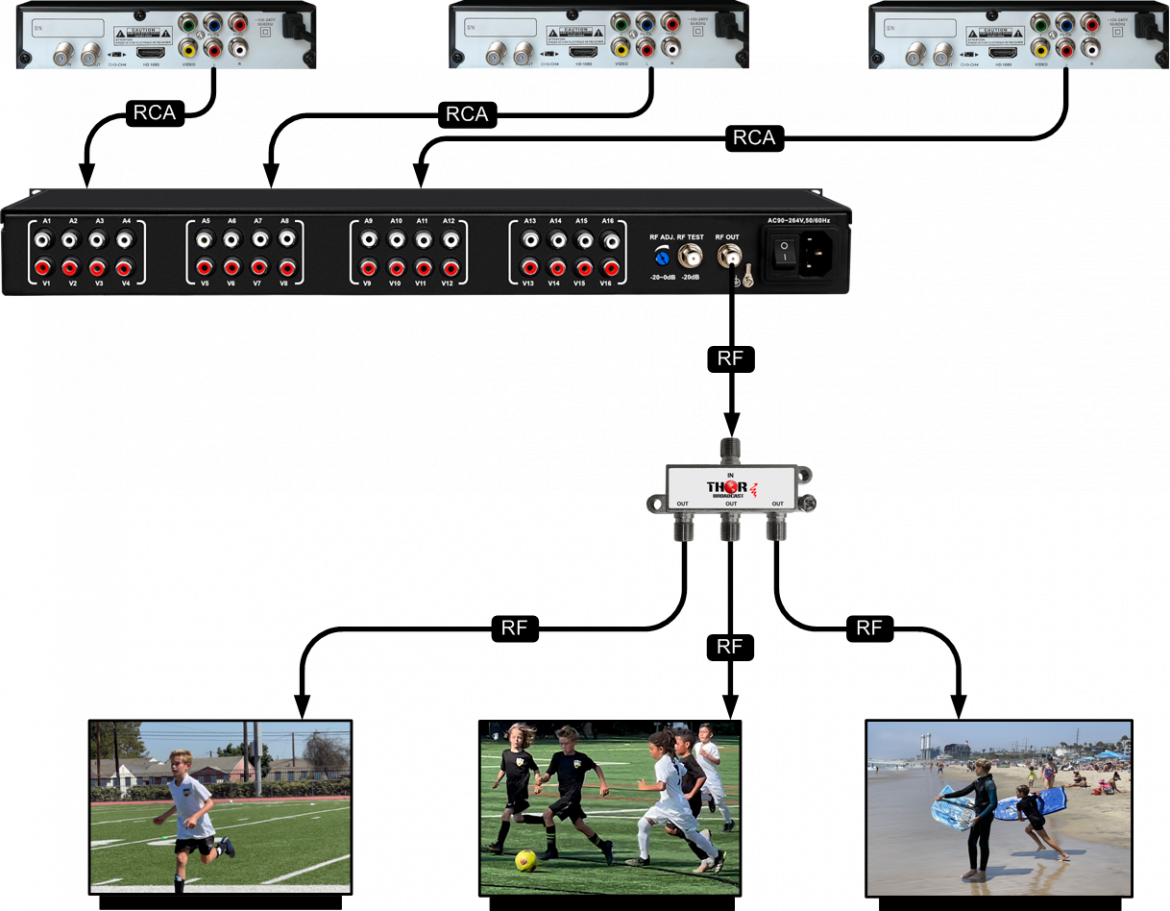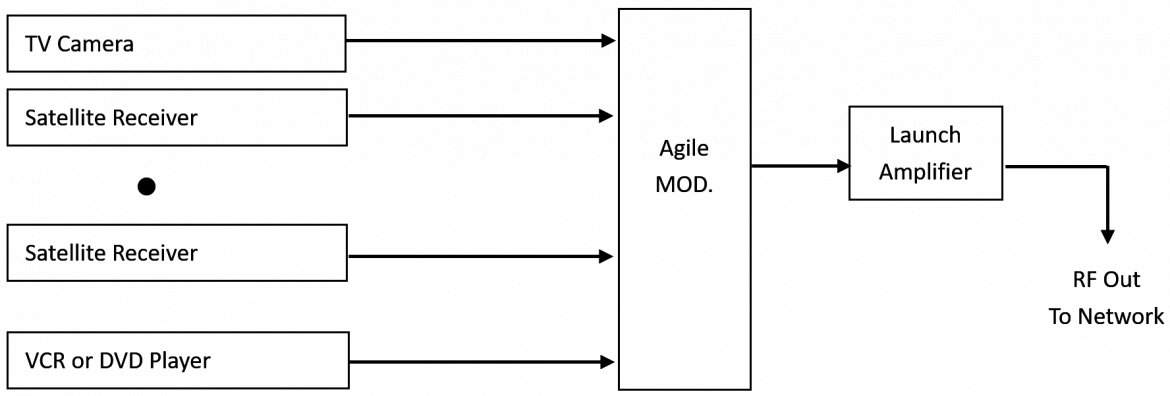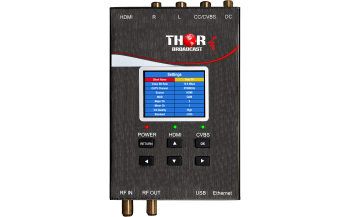Analog modulation is a technique used to transmit analog signals, typically low-frequency baseband signals, over higher-frequency carriers, such as those in the radio frequency (RF) range. This process is essential for communication systems like radio broadcasting and analog television. Here's a detailed breakdown of the key components:
-
Baseband Signal: This is the original analog signal containing the information to be transmitted, such as audio or video signals. It is usually a low-frequency signal.
-
Carrier Signal: The carrier signal is a higher-frequency signal that is modulated by the baseband signal. This carrier provides the means to transmit the information over longer distances and through different mediums.
-
Modulation Process: The baseband signal modulates the carrier signal, altering its characteristics in accordance with the variations in the baseband signal. The goal is to impress the information from the baseband signal onto the carrier.
-
Types of Analog Modulation:
- Amplitude Modulation (AM): The amplitude of the carrier signal varies in proportion to the instantaneous amplitude of the baseband signal.
- Frequency Modulation (FM): The frequency of the carrier signal changes based on the instantaneous frequency of the baseband signal.
- Phase Modulation (PM): The phase of the carrier signal is modified in response to changes in the baseband signal.
-
Transmission: The modulated signal is transmitted over the communication channel, which could be air (for wireless communication) or cables (for wired communication).
-
Demodulation: At the receiving end, the modulated signal is demodulated to extract the original baseband signal. This process allows the recovery of the original information for further processing or reproduction.
Analog modulation is widely used in applications where continuous and smooth variations of signals are crucial, such as in traditional radio and television broadcasting. However, it's important to note that analog modulation is being gradually replaced by digital modulation in many modern communication systems due to the latter's advantages in terms of signal quality, noise resistance, and data compression.
Digital modulation, on the other hand, deals with discrete signals, representing information in the form of bits (0s and 1s). In the case of QAM, which stands for Quadrature Amplitude Modulation, both amplitude and phase of a carrier wave are adjusted to encode multiple bits simultaneously. QAM is widely used in digital communication systems, including cable television and digital radio. It provides more efficient use of bandwidth and is generally more robust against noise and interference compared to analog modulation.
Differences:
-
Signal Representation: Analog modulation transmits continuous signals, while digital modulation transmits discrete signals represented by binary code.
-
Noise Susceptibility: Analog signals are more susceptible to noise, leading to potential signal degradation. Digital modulation, including QAM, allows for more robust error correction, making it less prone to noise.
-
Bandwidth Efficiency: Digital modulation techniques often allow for more efficient use of available bandwidth compared to analog modulation. QAM, in particular, enables the transmission of multiple bits per symbol, enhancing data rates.
-
Quality of Signal: Analog modulation retains the continuous nature of the original signal, preserving its quality but making it more vulnerable to noise. Digital modulation provides better signal quality over longer distances and in challenging environments.

 ES
ES












